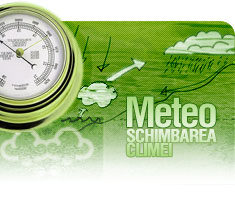Strategic asset allocation, or SAA, is about forming views of the long-term returns available from different asset classes and then building portfolios with the best expected risk-adjusted returns, subject to various constraints.
SAA exists within a symbiotic relationship with environmental, social and governance (ESG) factors. ESG trends affect the way we invest, while SAA has the power to shape society.
Most investors accept that it makes sense to take account of ESG risks when evaluating a stock. We contend that ESG factors have a material impact on the long-term returns of asset classes. So analysis of these factors should also apply at the strategic asset allocation level.
Asset class returns are not static but undergo structural shifts over time. These changes are often the result of ESG factors. For example, large scale changes in the structure of society - aging populations, increasing inequality and shifts in the composition of the work force - matter when forecasting the long-term returns of bonds and equities.
The relationship cuts both ways. Social change impacts investment returns and capital allocation, but capital allocation affects society. In Chapter three, we show how an enhanced approach to SAA might increase the amount of capital available to finance socially and environmentally important projects, without compromising investment returns.
Many of the biggest challenges of our times are fundamentally problems of long-term capital allocation. A key example is climate change. In order to meet the goals set out in the 2015 Paris climate agreement1, investors need to allocate an additional US$1.5 trillion2 per year to renewable energy and other low-carbon projects. What's more, they need to do this within the next decade or so.
Climate change is not the only issue whereby weak capital flows are a problem. Similar capital allocation challenges must be overcome to achieve the UN Sustainable Development Goals,3 and in improving the prospects of 'left-behind' regions of developed economies which are often starved of capital investment. Investors will not be able to fill these capital allocation gaps on their own. But an ESG-enhanced SAA process may enable them to increase the positive social impact of their investment portfolio.



 Română
Română English
English


